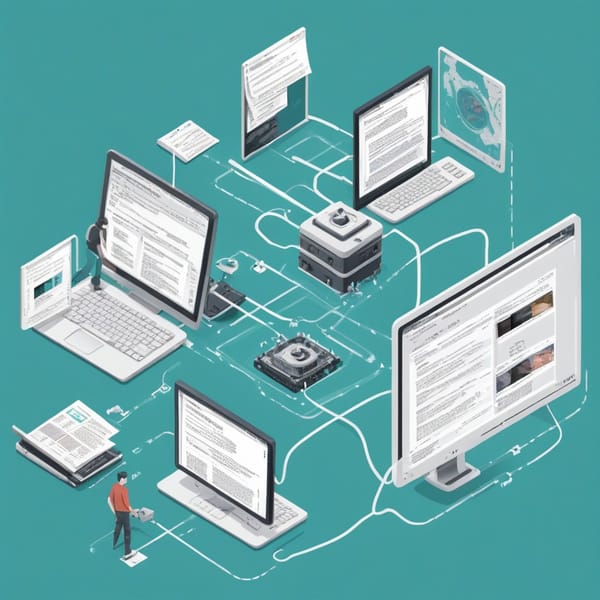Automating Workflows with n8n: Comparing REST API Polling vs Real-Time Webhook Triggers

In today’s fast-paced digital landscape, automating workflows is essential for efficiency and scalability. n8n, a powerful workflow automation tool, offers multiple ways to trigger workflows, with REST API polling and webhooks being two of the most common methods. But which one should you use? In this post, we’ll compare these two approaches, exploring their pros, cons, and ideal use cases.
Understanding REST API Polling
REST API polling involves periodically querying an API endpoint to check for new data or changes. In n8n, you can set up a schedule (e.g., every 5 minutes) to fetch data from an external service.
Pros of REST API Polling:
- Simplicity: Easy to implement, especially for services that don’t support webhooks.
- Compatibility: Works with almost any REST API, making it a universal solution.
- Control: You decide the polling frequency, which can help manage rate limits.
Cons of REST API Polling:
- Latency: Delays between polls mean slower response times.
- Resource Intensive: Frequent polling can strain servers and consume unnecessary bandwidth.
- Missed Events: If changes occur between polls, they might go undetected.
When to Use REST API Polling:
- For services without webhook support.
- When near-real-time updates aren’t critical.
- For low-frequency data checks (e.g., daily reports).
Understanding Real-Time Webhook Triggers
Webhooks are event-driven triggers that send data to n8n the moment an event occurs. Instead of polling, n8n listens for incoming HTTP requests from the source service.
Pros of Webhooks:
- Real-Time Updates: Instant triggering ensures no delays in workflow execution.
- Efficiency: No unnecessary API calls, reducing server load.
- Reliability: Events are captured as they happen, minimizing missed data.
Cons of Webhooks:
- Setup Complexity: Requires configuring the source service to send webhooks.
- Dependency on Service: Not all APIs support webhooks.
- Security Concerns: Open endpoints need proper authentication to prevent abuse.
When to Use Webhooks:
- For time-sensitive workflows (e.g., instant notifications).
- When the source service supports webhooks.
- To reduce unnecessary API calls and improve efficiency.
Comparing Polling vs Webhooks in n8n
| Feature | REST API Polling | Webhooks | |-----------------------|------------------|----------| | Speed | Delayed (poll-based) | Real-time | | Resource Usage | Higher (repeated calls) | Lower (event-driven) | | Setup Difficulty | Easy (just configure schedule) | Moderate (requires webhook URL setup) | | Service Support | Universal (works with any REST API) | Limited (needs webhook support) | | Data Freshness | Depends on poll interval | Always up-to-date |
Best Practices for Choosing Between Polling and Webhooks
- Assess Your Needs: If real-time data is critical, opt for webhooks. For less urgent tasks, polling may suffice.
- Check API Capabilities: Verify whether your source service supports webhooks.
- Monitor Performance: If polling causes rate limits or delays, consider migrating to webhooks.
- Secure Your Endpoints: For webhooks, use authentication (e.g., API keys or HMAC signatures) to prevent unauthorized access.
Conclusion
Both REST API polling and webhooks have their place in workflow automation with n8n. Polling is a reliable fallback for services without webhook support, while webhooks offer speed and efficiency for real-time workflows. By understanding their strengths and limitations, you can choose the right method for your automation needs.
Ready to automate? Try n8n today and experiment with both approaches to see which works best for your use case!



